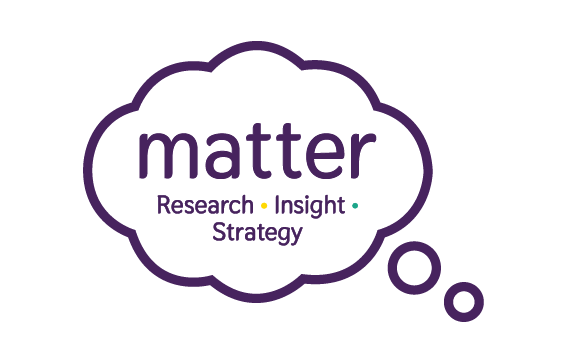How accessible is your research?
How accessible is your research?
For any research undertaken to be inclusive, it is important that it is accessible to all regardless of age, physical disabilities or mental health conditions.
What do we mean by accessible?
- Can your survey be read by those with visual impairment?
- Does the approach you have chosen act as a barrier to those with physical disabilities?
- How can you ensure those with hearing difficulties are not excluded?
- Is online the right medium for those with sensory disabilities?
- Are you using language that is appropriate and accessible to all?
Creating accessible surveys
To begin with you will need to ensure you keep font size to a minimum of 12pt and keep colour to a minimum or if colour is used ensure there is sufficient contrast. And do not forget to always use ‘plain English’.
For online surveys will need to look at layout and routing of survey to make it easier for assistive technologies to navigate and it may also be worth looking at using verbal rather than visual scales to further assist navigation.
If possible, look at producing both a pain text as well as dynamic version of the survey. Some survey software has this facility built in i.e. SnapSurveys.
Snap Surveys Accessibility Statement.
You may also consider using both online and postal survey or giving respondents the opportunity to response by telephone.
We recently worked with the Business Disability Forum (BDF) on the design and development of a membership survey taking account of the principle outlined above. The Business Disability Forum is the leading business membership organisation in disability inclusion and was keen to ensure that the survey was as accessible as possible.
What about qualitative research (focus groups and one-to-one depths) is online the answer?
The pandemic accelerated to the move to online qualitative which has benefited accessibility in a myriad of ways. However it is not the panacea for all accessibility issues, and we still need to consider the most appropriate methodology given our audience and the task at hand.
While online interviews do have a number of benefits including:
• No need to travel to a venue.
• Participants are in their own space/homes.
• Direct access to their own technology.
• Close captioning may be available.
• For those with hearing difficulties, online interviews can involve close captioning.
• Less costs for the participants.
They also have some potential drawbacks:
• Other participants online interviewing can lead to auditory, visual, and kinaesthetic difficulties.
• Excludes those without access to relevant technology i.e. internet, Laptop, computer, tablet or mobile phone.
• Not everyone has their own space.
• Screen fatigue.
So how to make in-person research more accessible?
- Use locations that are easy to access by public transport and with adequate disable parking.
- Make sure the building is accessible (disabled access is not always that accessible)
- Ask if support dogs are welcome.
- Make sure there is easy access to facilities within the building i.e. toilets.
- Is there space for wheelchairs?
- Can you make the relevant technology available?
- Is there a hearing loop in place?
- Think about using BSL translators if necessary.
- Carers may need to accompany respondents.
- Think about dietary requirements.
- And do not forget to make sure that any stimulus or collateral used is also accessible to all!
At the end of the day we all need to be building accessibility into the design of any project we undertake be qualitative or quantitative, virtual or in-person.
